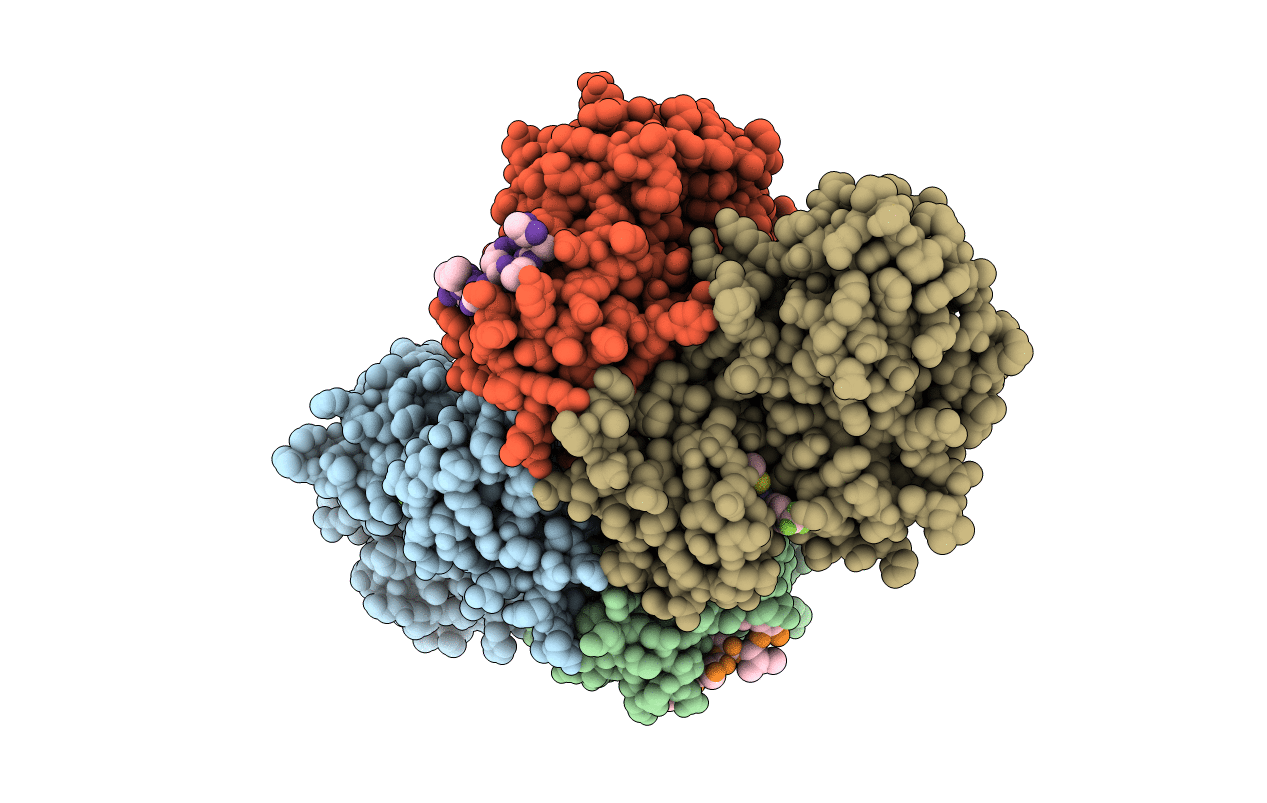
Deposition Date
2005-11-02
Release Date
2006-03-01
Last Version Date
2023-12-13
Entry Detail
PDB ID:
2C5V
Keywords:
Title:
Differential Binding Of Inhibitors To Active And Inactive Cdk2 Provides Insights For Drug Design
Biological Source:
Source Organism:
HOMO SAPIENS (Taxon ID: 9606)
SYNTHETIC CONSTRUCT (Taxon ID: 32630)
SYNTHETIC CONSTRUCT (Taxon ID: 32630)
Host Organism:
Method Details:
Experimental Method:
Resolution:
2.90 Å
R-Value Free:
0.28
R-Value Work:
0.17
R-Value Observed:
0.17
Space Group:
P 21 21 21


